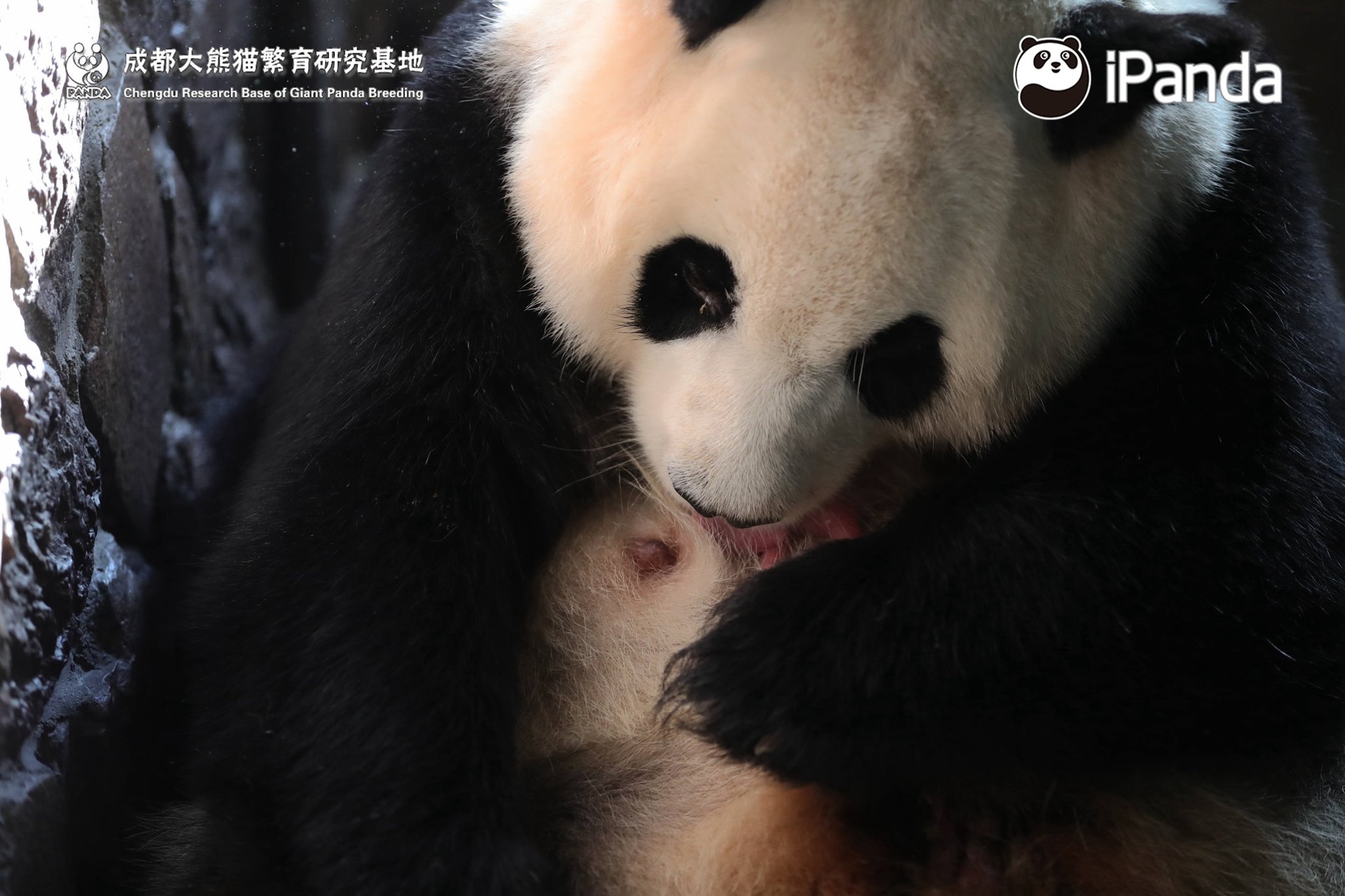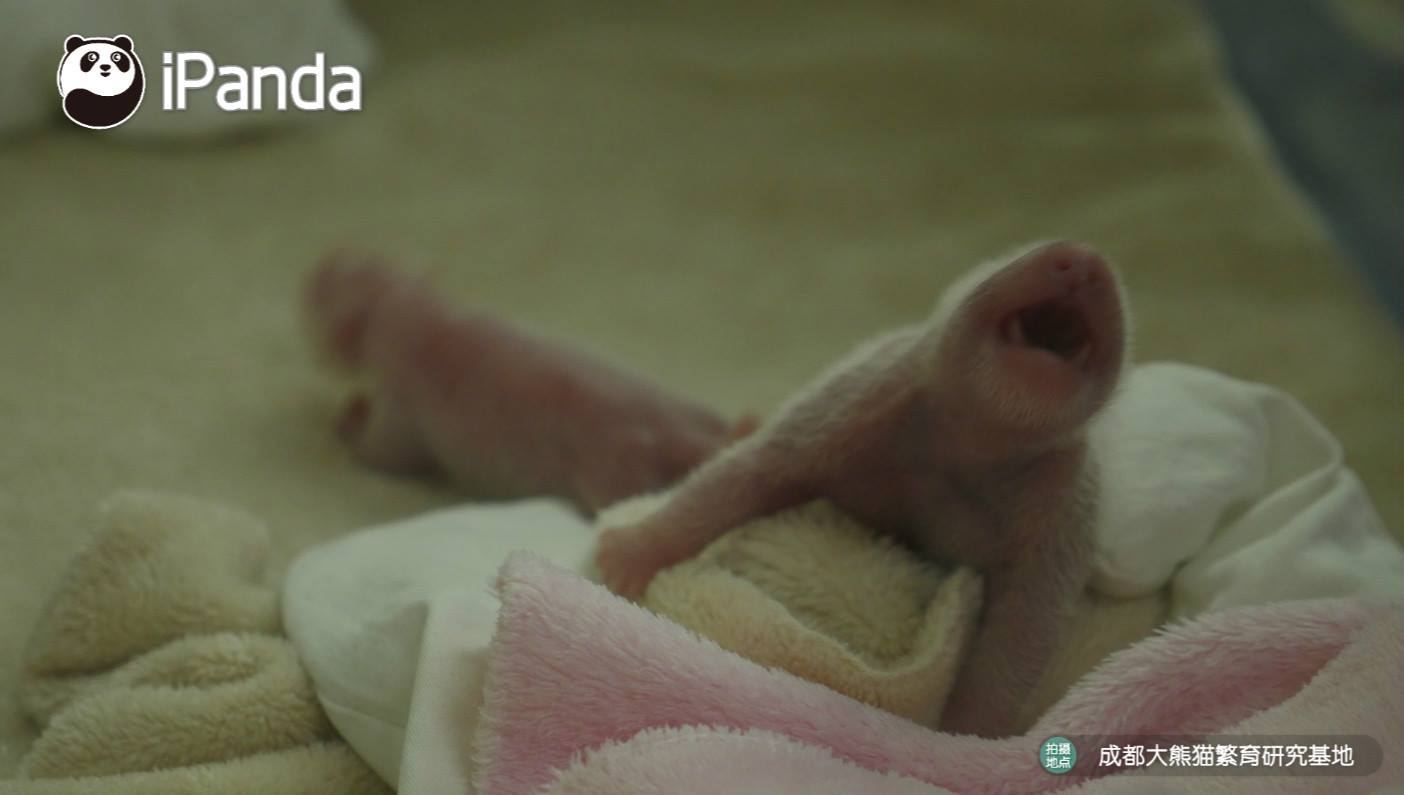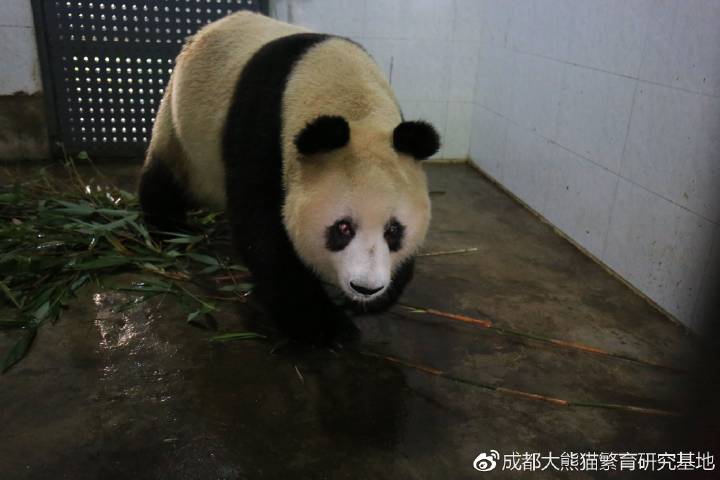< Go back
The 2009 Annual Conference of the Chinese Committee on Breeding Techniques
Posted by Jeroen Jacobs | Date: 2009 11 30 | In:
Chengdu Research Base of Giant Panda Breeding
The 2009 Annual Conference of the Chinese Committee on Breeding Techniques
NEWS Time:2009-11-30 10:24:08 admin 点击:934
November 11th, 2009 was the 20th anniversary of the founding of the Chinese Committee on Breeding Techniques for Giant Pandas and it was also the opening ceremony for the annual conference. About a hundred leaders from government, conservation organizations, and giant panda experts from 7 countries came together to discuss strategies for giant panda conservation and to exchange relevant information.
At the opening ceremony, both Mr. Zheng Kunsheng, leader of the Ministry of Housing and Urban-Rural Development of the People’s Republic of China and president of the Chinese Association of Zoological Gardens, and Mr. Dai Boyang, inspector of the Sichuan Forestry Department of Sichuan Province gave speeches. Soon after, the president of the Chinese Committees on Breeding Techniques for Giant Pandas, Prof. Zhang Zhihe, read the “Working Report of the Chinese Committee on Breeding Techniques for Giant Pandas in 2009.” Dr. Zhang Zhihe reviewed all of the progress in giant panda conservation in 2008 and 2009. He also summarized work on giant panda breeding, development of scientific research, giant panda disease prevention and control, international cooperation, and conservation education.
With the support of each country and the hard work of all organizations involved, there were many achievements in international panda breeding collaborations and research programs and the establishment of some new relationships in 2008 and 2009. At the same time, a new international plan for panda breeding was discussed and more countries joined.
In recent years, with government departments, especially the CAZG, support and urging, the main goals and functions of each domestic conservation organization have been clearly defined. They have made great progress in conservation education programs, international cooperation, capacity building, and facilities maintenance.
During the meeting, reports were given on the management of the captive giant panda population, analysis of captive giant panda intestinal bacterial, the development purpose of the captive giant panda population, and research on giant panda stress reaction. Panda experts from different countries shared their valuable experiences with participants. What’s more, panda experts gave academic reports on international cooperation, scientific research, panda conservation after the earthquake, panda population management and conservation education. Each of these reports were discussed by all participants.
With support from the Ministry of Housing and Urban-Rural Development of China, the State Forestry Administration and the state government, the Chinese Committee on Breeding Techniques for Giant Pandas is asking its members to insist that from now on we all work toward giant panda conservation based on the wealth of scientific data we have available to us.. We have gained a series of scientific and technical achievements, including twin survival by hand- rearing, building a global giant panda pedigree, DNA fingerprinting probes and micro-satellite technology use for giant pandas, and the successful development, widespread use and application of freezing semen straws. There has been good collaboration in panda breeding with Japan, as well as the U.S.A, Austria, and Thailand. The global population of giant pandas not only increased from 92 to today’s nearly 300, but the pedigree and management has also developed accordingly to protect the species’ genetic diversity. As a very important international scientific seminar in the panda conservation field and a platform for panda experts in the world to discuss conservation strategy and friendly exchange, each year there are more participants from different countries who attend the Annual Conference of the Chinese Committee on Breeding Techniques for Giant Pandas. The conference has been successfully held 18 times since 1989. All experts at institutions which have pandas attach importance to the conference. They do not merely attend the meeting, rather they share new conservation theories and techniques with global panda conservation institutions. All panda committee members and experts will keep protecting the panda in a scientific method, working together toward larger developments in panda conservation after the earthquake, and make more contributions to promote endangered species and ecological conservation in general.
Source: http://www.panda.org.cn/english/News/news_view.asp?newsid=345









